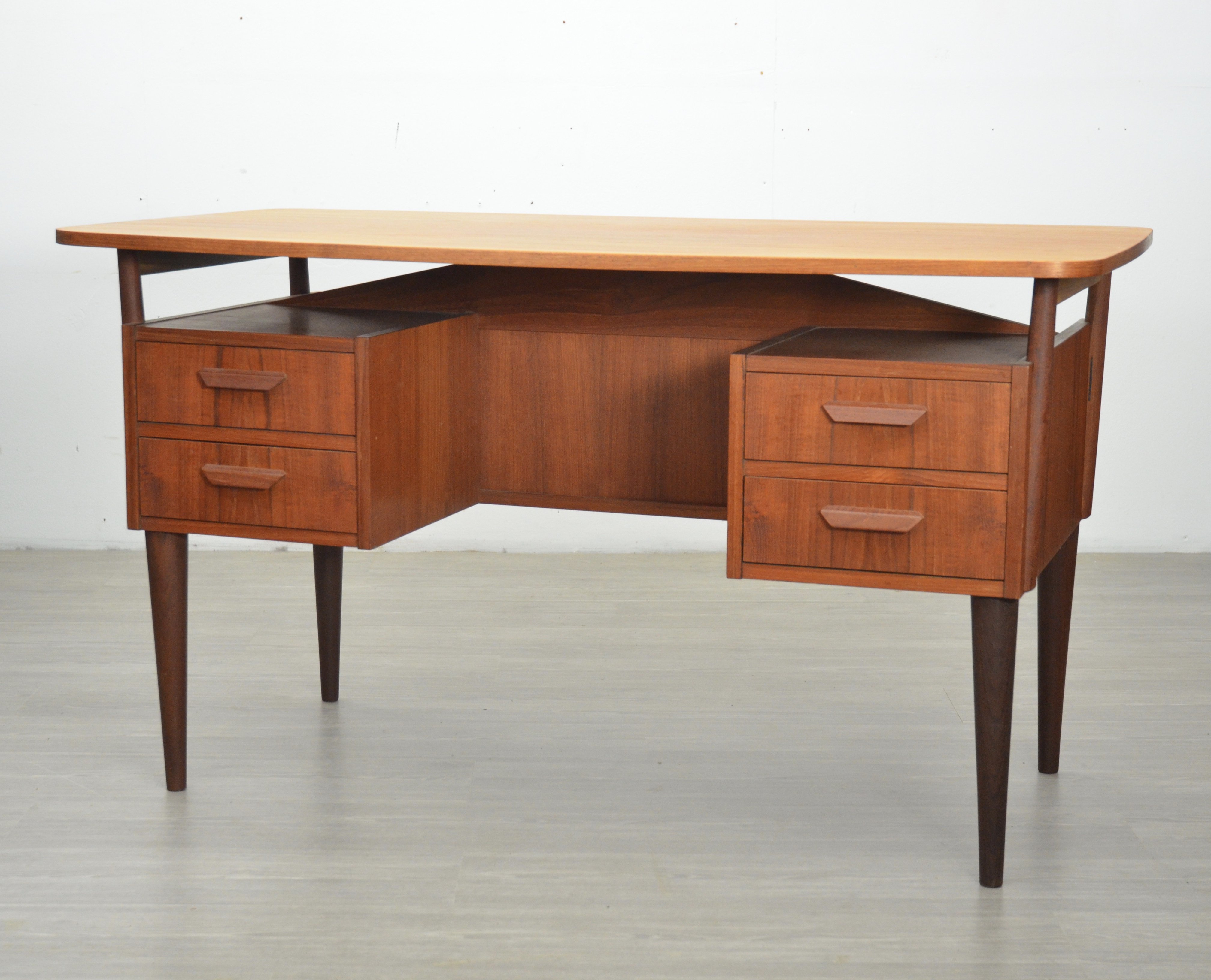
The Return Of Teak: Wood Choices In Classic Mid Century Design
When it comes to classic mid-century design, one material stands out above the rest: teak wood. Renowned for its durability, beauty, and versatility, teak has been a favored choice for furniture and decor since the mid-20th century. In recent years, there has been a resurgence of interest in teak, as contemporary designers and homeowners rediscover its timeless appeal. In this article, we will explore the reasons behind the return of teak and its continued popularity in the world of design.
The History of Teak in Mid Century Design
Teak wood first gained prominence in mid-century design during the 1950s and 1960s. Originating from Southeast Asia, teak was valued for its natural resistance to decay, making it ideal for outdoor furniture. Its warm golden hue and beautiful grain patterns also made it a popular choice for indoor pieces. Designers such as Hans Wegner, Arne Jacobsen, and Charles and Ray Eames incorporated teak into their iconic designs, showcasing its versatility and elegance.
During this era, teak furniture became synonymous with modernism and the sleek lines of mid-century design. The clean and minimalist aesthetic of teak pieces perfectly complemented the simplicity and functionality that characterized the movement. Its popularity continued to grow, and teak furniture became a staple in many homes around the world.
The Resurgence of Teak in Contemporary Design

While teak enjoyed widespread popularity in the mid-century era, its presence waned in the following decades as other materials and styles took center stage. However, in recent years, teak has experienced a notable resurgence in contemporary design. Several factors have contributed to this renewed interest:
- Timeless Elegance: Teak furniture has a timeless quality that transcends trends and fads. Its warm tones and natural grain patterns add a touch of sophistication to any space, making it a popular choice for interior designers and homeowners alike.
- Sustainability: In an age where sustainability is a growing concern, teak's eco-friendly properties have made it an attractive choice for those seeking environmentally-conscious options. Teak is a fast-growing hardwood that can be sustainably harvested, making it a more responsible choice compared to other materials.
- Durability: Teak's natural oils and dense grain structure make it highly resistant to rot, decay, and pests. This durability ensures that teak furniture can withstand the test of time and continue to look beautiful for years to come. This longevity makes it a wise investment for homeowners who value quality and longevity.
- Adaptability: Teak's versatility allows it to seamlessly blend with various design styles, from mid-century modern to contemporary and even rustic. Its ability to complement different aesthetics and color schemes makes it a go-to choice for designers looking for a versatile and reliable material.
Choosing Teak Furniture

If you are considering incorporating teak furniture into your home, there are a few essential factors to keep in mind:
- Quality: When purchasing teak furniture, opt for pieces made from sustainably sourced teak. Look for certifications such as the Forest Stewardship Council (FSC) label, which ensures the wood comes from responsibly managed forests.
- Construction: Pay attention to the construction of the furniture. Look for solid teak pieces rather than veneers, as solid teak is more durable and can be refinished if needed.
- Maintenance: Teak requires minimal maintenance, but regular cleaning and occasional application of teak oil can help maintain its beauty and protect it from drying out.
- Pairing: Teak furniture can be paired with a variety of materials, such as leather, metal, or glass, to create interesting contrasts and visual appeal. Experiment with different combinations to find the perfect balance for your space.
The Future of Teak in Design
As the popularity of mid-century design continues to grow, so does the demand for teak furniture. Designers and homeowners are increasingly drawn to the timeless appeal and sustainable qualities of teak. Its ability to harmonize with various design styles ensures that teak will remain a staple in the world of interior design for years to come.
While teak's resurgence is undoubtedly exciting, it is essential to remember the importance of responsible sourcing and manufacturing practices. By choosing certified teak and supporting sustainable brands, we can ensure the continued availability of this beautiful wood for future generations.
Summary
Teak wood has made a remarkable comeback in classic mid-century design. Its history as a favored material in the mid-20th century, coupled with its timeless elegance, sustainability, durability, and adaptability, has contributed to its renewed popularity in contemporary design. When choosing teak furniture, it is crucial to prioritize quality, construction, and maintenance to ensure its longevity. Teak's future in design looks promising, as its ability to seamlessly blend with different styles ensures its continued presence in homes and spaces around the world. By supporting responsible sourcing and manufacturing practices, we can ensure that teak remains a cherished material for generations to come.

